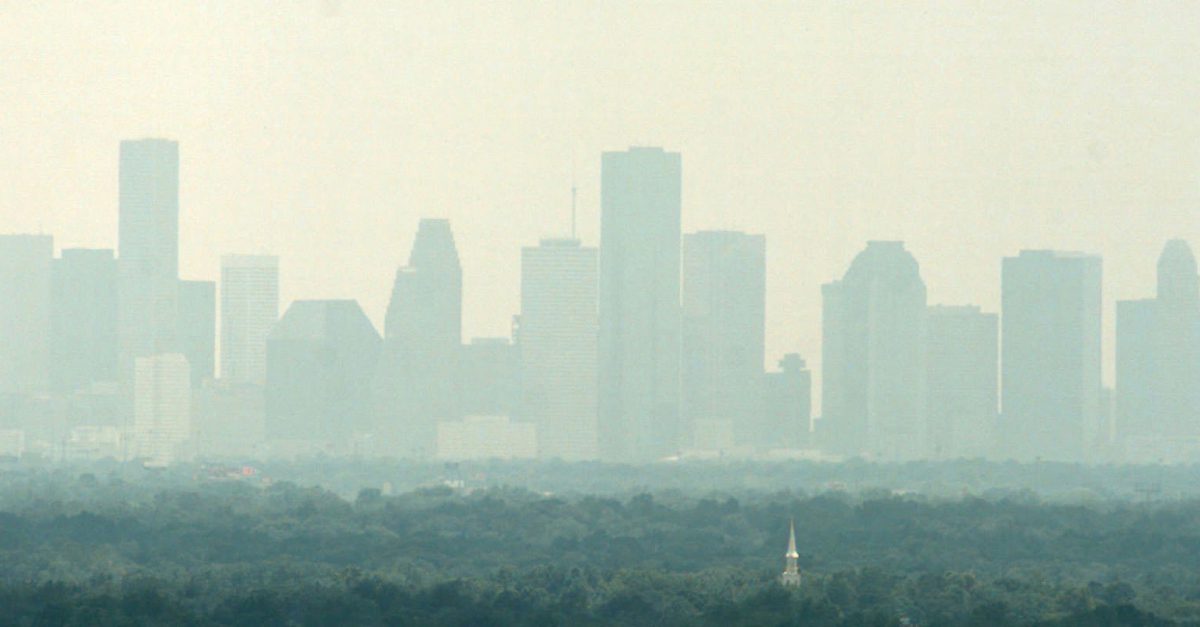Reports of incidents from several industrial sites releasing airborne pollutants as a result of Harvey’s flooding and damage are becoming more documented and understood, but it’s causing continuous problems plaguing Houstonians.
Videos by Rare
RELATED: Reports Show Several Refineries Around Houston Leaked Hazardous Chemicals Into the Air
According to a report by Nevada Public Radio station KNPR, levels of Benzene in Manchester reached dangerous heights immediately following the storm.
With rates as high as they were in the town located next to a large Valero plant, factory workers aren’t allowed to work in the vicinity without breathing protection.
The city health department determined the refinery be the source of the Benzene leak.
Thousands of pounds of air pollutants were and are being released into the air around Houston, whether through damage to tanks, extra emissions during startup or shutdown or overheating releases, like the one at the Arkema chemical plant in Crosby, all caused by Harvey’s effects.
And don’t forget about Houston’s mosquito solutions:
#Houston Is About To Be Surrounded by a Gentle Mist of #Mosquito Spray #saynotozika #stayinside #bugspray https://t.co/h3pNDuQvGE pic.twitter.com/Eray7sIUAS
— Missy Malavansos (@CREHouston) September 14, 2017
All the chemicals in the air are adding problems for Houston’s infamous smog, as well as its resident’s quality of life.
Loren Raun, chief scientist for the Houston Health Department, confirmed in an interview the “air quality is a big problem in Houston.”
According to the Environmental Defense Fund (EDF), half the refineries in the Houston area still aren’t back to operating at full capacity, but they’ll be releasing even more when they start back up again.
Elena Craft, senior scientist with the EDF, warns people working outside for long periods of time repairing their homes should be especially careful.
She also said people with respiratory conditions could find them aggravated by the high levels of pollutants like ozone in the air.
Houston’s air monitoring equipment was down or inaccessible for about a week following Harvey, but with things back up and running, the systems are trying to get a clearer picture of the whole situation.
RELATED: More Than 40 Sites Released Hazardous Pollutants After Harvey
As of Monday, 96 percent of air monitors were back online, and 100 percent of them are expected to be operational by the end of this week.



